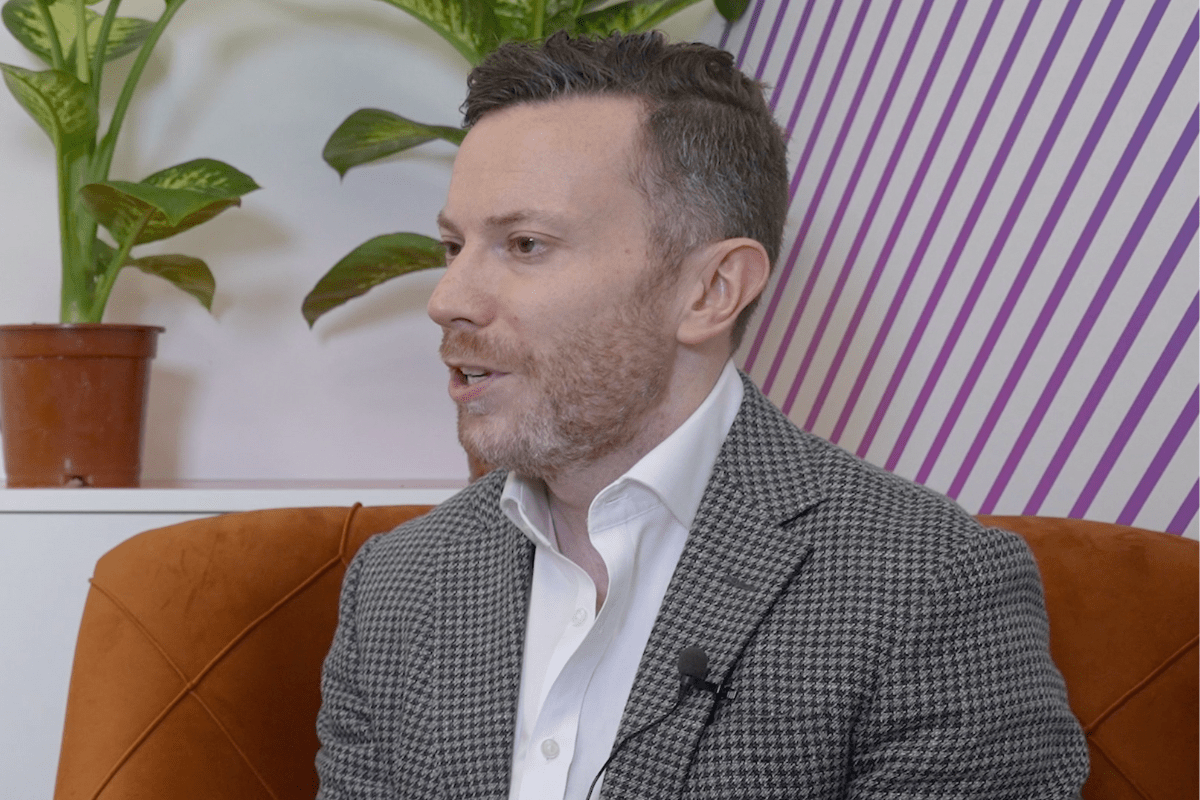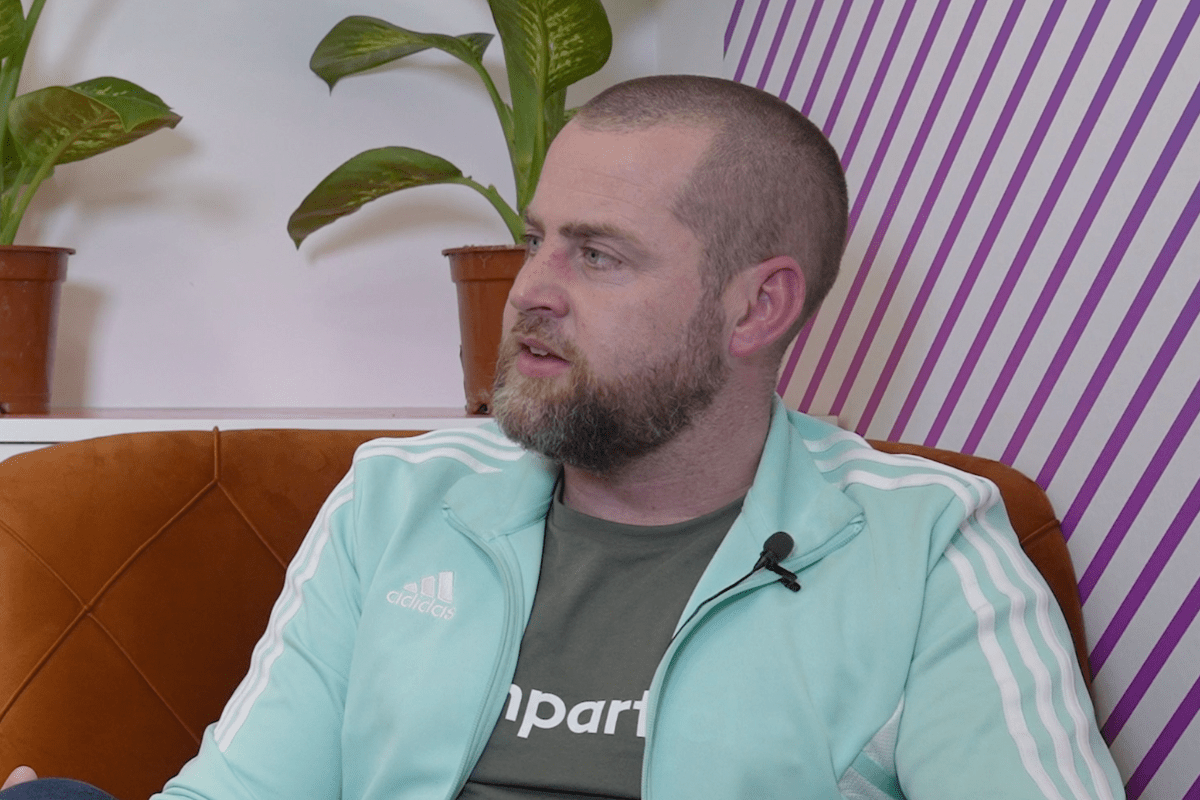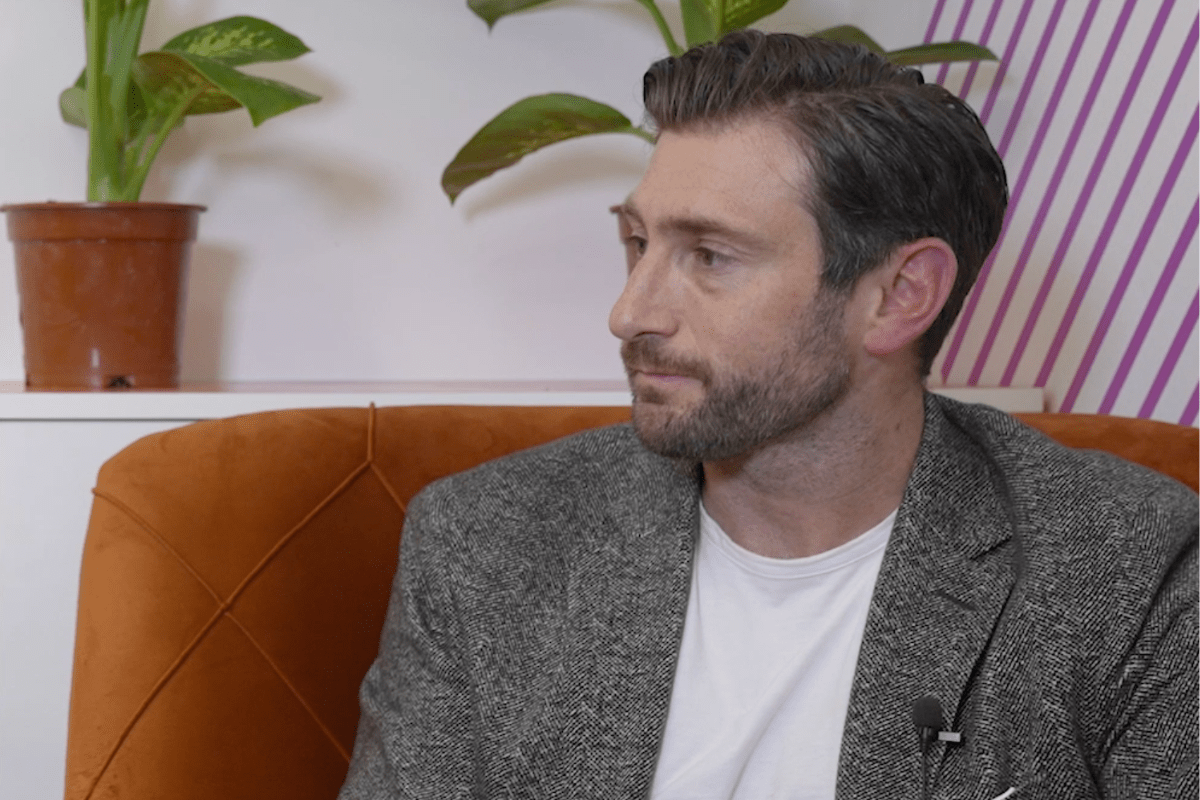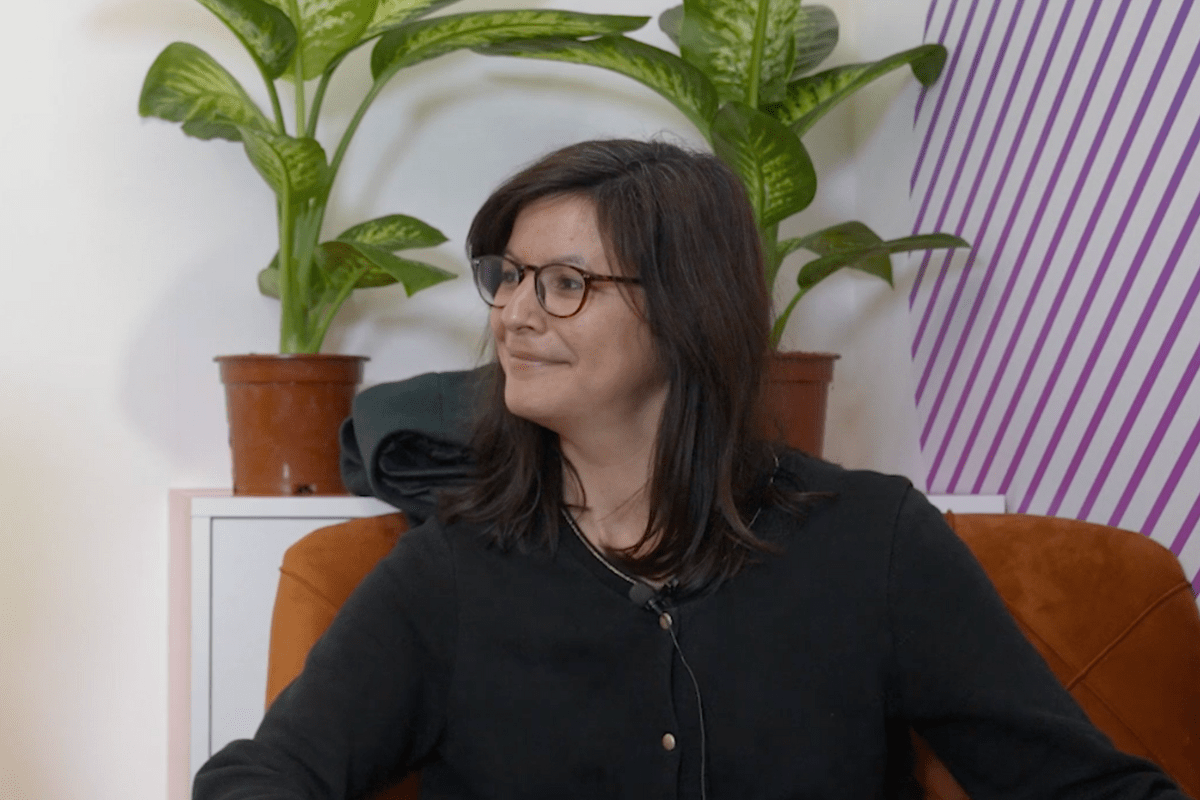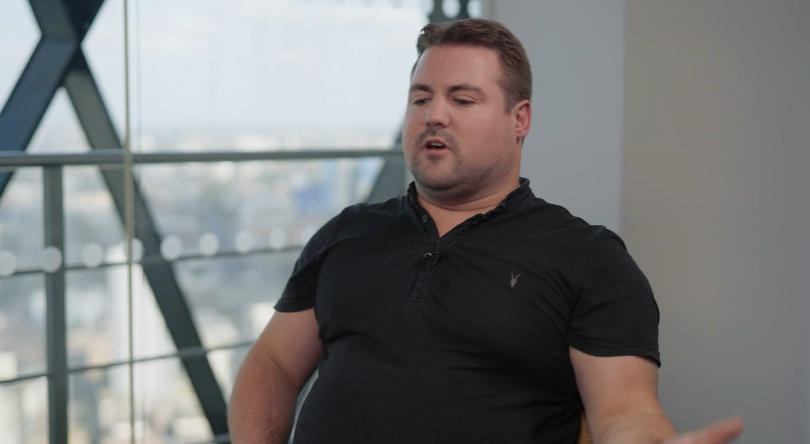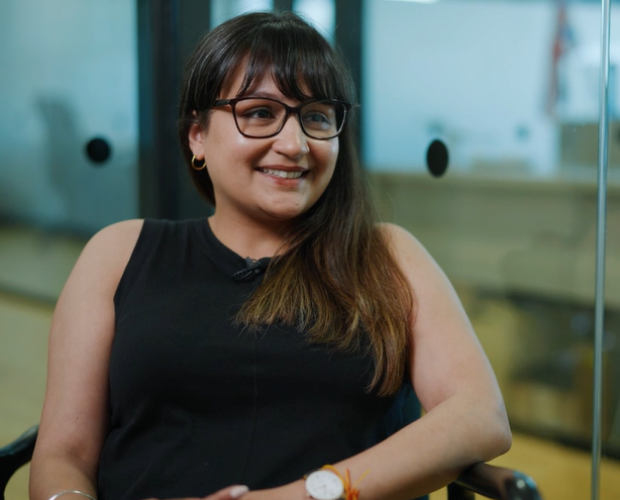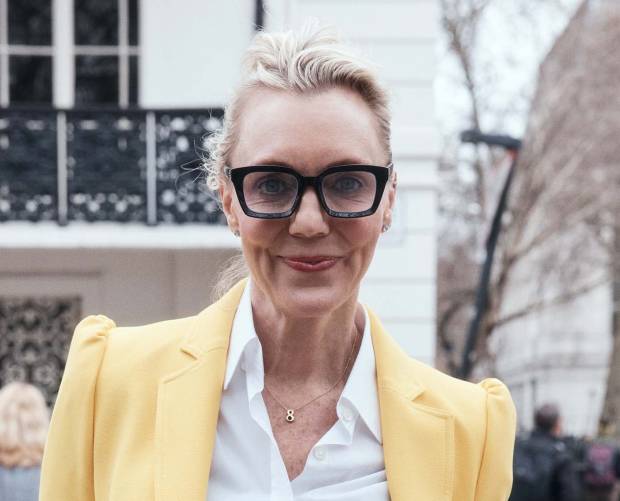 DM: So Richard, tell us where Flurry started out, what you do today and how the different sides of the business complement each other?
DM: So Richard, tell us where Flurry started out, what you do today and how the different sides of the business complement each other?
RA: Sure. We launched five years ago as a free analytics platform for app developers, and we launched AppCircle, our ad network, three years ago. Our plan was also always to launch an ad network utilizing our rich analytics data, with the ultimate aim of building an RTB (Real Time Bidding) platform, which we launched in the second half of 2013.
We are VC backed, and at present, 90 per cent of our revenues comes from the ad network through things like banners, homescreen takeovers and rich media video advertising. Our SDK is now in more than 450,000 apps from 125,000 companies. We provide analytics for some of the biggest app developers in the messaging, social, gaming, music, media & entertainment, commerce and travel categories. To give you a sense of the analytics data we see, here are some quick stats. We track 70 per cent of the top 1,000 grossing apps, and through that, we see 2 trillion in-app events per month.
Collectively, the apps that use Flurry Analytics saw 1.2bn monthly active users in November 2013. That means there are 1.2m active devices out there with at least one app that contains Flurry Analytics, but on average, a typical device will have between seven and 10 apps that use Flurry Analytics.
This feeds into the ad network offering, because obviously, the more Flurry-enabled apps someone is using, the better understanding we have of that person and their interests. We profile users by age and gender and create Flurry Personas based on their app usage.
DM: How many personas do you have?
RA: We currently have around 40, and this number is growing all the time. They include Sports Fans, Fashionistas, Business Travellers, Young Mums and Social Gamers. We have built the types of Persona that are most interesting to brands and advertisers. A marketing manager at a company like Unilever, for instance, is very interested in reaching Young Mums, while BA wants to reach Business Travellers.
DM: Do you see any signs of the appetite for apps and app development slowing?
RA: Not at all; if anything, it’s increasing. We are seeing almost 40,000 new app starts (launches) a month (we count an iPhone and Android version of the same app as two app starts.) This is almost double the amount we were seeing 18 months ago, so there are a bewildering number of apps being produced. There are now 875 apps that we track that have over 1m monthly active users (MAUs), and 32 with over 20m MAUs. This is five times as many as at the start of 2012.
DM: And what other trends are you seeing in terms of the way people are using apps?
RA: The amount of time spent using apps as opposed to browsing the mobile web is increasing. In 2013, it was 87 per cent in-app versus 13 per cent mobile web, compared to 81/19 per cent in 2012 and 73/27 per cent in 2011.
That equates to two hours a day spent in apps, and over 70 per cent of this in-app time is spent on social networks or playing games. Facebook accounts for 28 per cent of in-app usage, games for 40 per cent.
DM: You mentioned your RTB offering. This is a very hot area right now, where do you fit in the RTB landscape?
RA: We have a supply side product called Flurry Marketplace that is essentially a mobile ad inventory auction. Marketplace provides inventory for the DSPs (Demand Side Platforms) to bid on that is very data rich. Rather than asking DSPs and advertisers to bid blindly, we bundle each impression with data about the end user, including what device they are using, their age, gender, country and what Flurry Personas they belong to. These are signals that only Flurry can provide, because it comes from the Flurry data generated from our Analytics product. Because brands know more about what they are buying, they will tend to bid more for that impression, and publishers can command higher eCPMs from their inventory.
DM: To wrap up, what are the key trends we should look out for in the app world in 2014?
In terms of our business, we expect programmatic buying and selling to continue to rise. The web went programmatic and we think mobile will too, at an even more accelerated rate.
In terms of consumer use in mobile, we are seeing the communications and social space really explode in terms of usage. We also see that social is being split up into different experiences rather than one app to do it all. Facebook is a great example. Newsfeed, Instagram and now Paper are essentially breaking apart the Facebook experience into more focused experiences. We expect others to follow suit.
In terms of app developers, on the whole they continue to get more and more sophisticated around using data to improve the end user experience, and also using data to better monetize their apps. It’s not just the games developers who have figured out how to monetize. Retail, commerce and communications apps are all continuing to get more and more savvy around monetization, and other categories will follow suit.
2014 is going to be another exciting year in mobile. We’re thrilled to occupy a front row seat.
Richard Firminger is GM, EMEA, at Flurry





